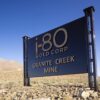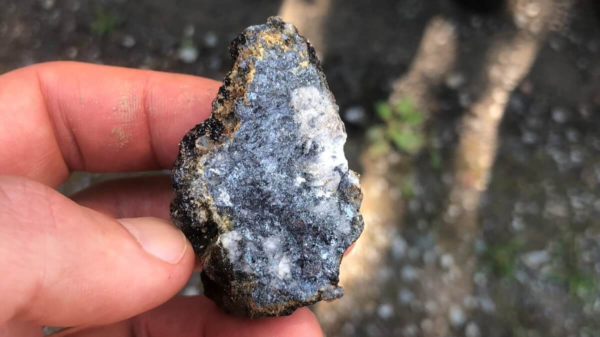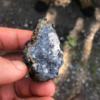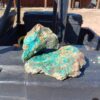The United States Geological Survey has expanded its list of critical minerals to include precious and conductive metals.
On Nov. 7, the scientific government agency revealed that silver and copper now have the same classification as tungsten, antimony, lithium and other commodities of national security importance.
Additionally, uranium, metallurgical coal, lead, rhenium, potash, silicon, boron and phosphate have been added. There are a total of 60 now, up from 50 on the last version of the list released in 2022.
The news was well received by junior mining companies in the silver and copper sectors. They may attract an increasing rate of government and investor intrigue as a result.
“For the first time, silver is recognized as having growing importance to U.S. economic and national security,” commented Canadian precious metal project developer Apollo Silver Corp (CVE: APGO) (OTCMKTS: APGOF) (FRA: 6ZF).
Apollo has silver mining properties in California, Arizona and Mexico. The metal has been in heightened demand for its applications in the expanding solar photovoltaic manufacturing sector and its high spot price is reflected accordingly.
“This inclusion signals enhanced government focus on securing domestic supply chains through enhanced permitting, subsidies, and strategic stockpiling initiatives,” Apollo added.
Moreover, Alaska and Montana copper-gold asset developer American Pacific Mining Corp (CNSX: USGD) (OTCMKTS: USGDF) (FRA: 1QC) was quick to voice its enthusiasm about the development.
“The move is expected to bolster government investment and streamline permitting of copper projects located in the U.S. that have the potential to buttress the domestic critical metals supply chain,” the company said.
The USGS is required to update its critical minerals list every three years in accordance with policy shifts, supply fluctuations and economic volatility. Currently the American government is particularly concerned with the domestic antimony shortage. This concern has prompted agencies operating under the Trump Administration to invest millions in Sb projects situated in Idaho, Alaska and Montana.
Junior mining companies in the antimony prospecting industry have also been vocal about the importance of this critical mineral for national security in the U.S. They hope to attract interest from the Department of Defense and other government bodies while helping to curb supply chain vulnerabilities.
“There is a clear commitment from the United States to advance high-quality, domestic, mineral projects,” said Brandon Bonifacio, CEO of antimony and gold prospector NevGold Corp (CVE: NAU) (OTCMKTS: NAUFF) (FRA: 5E50), in September.
Read more: NevGold edges closer to gold-antimony resource with latest Limousine Butte results
NevGold is a sponsor of Mugglehead news coverage
Follow Rowan Dunne on LinkedIn
rowan@mugglehead.com













